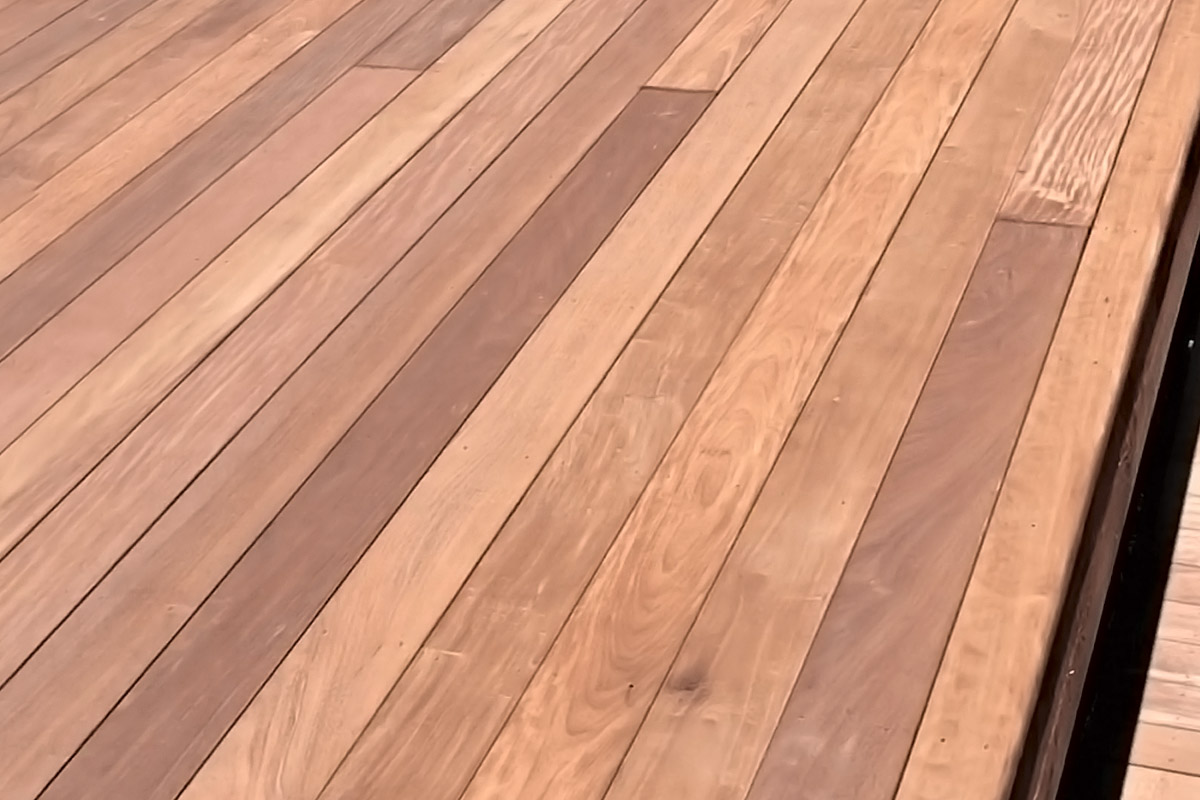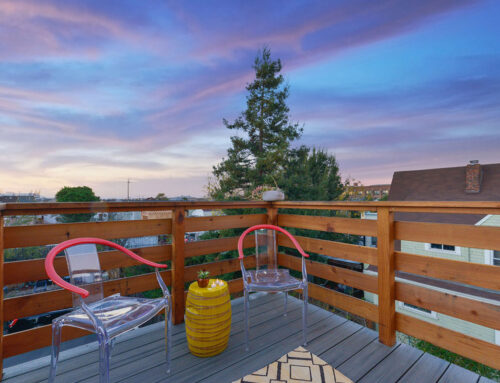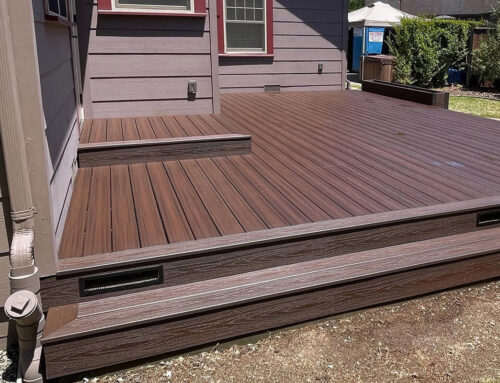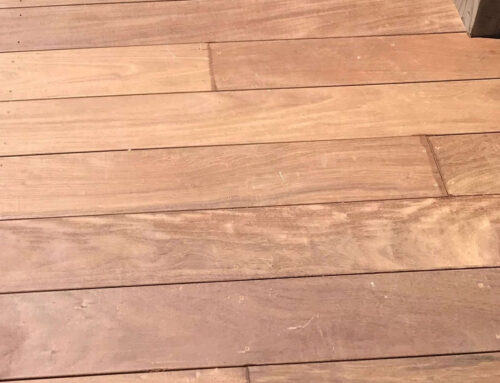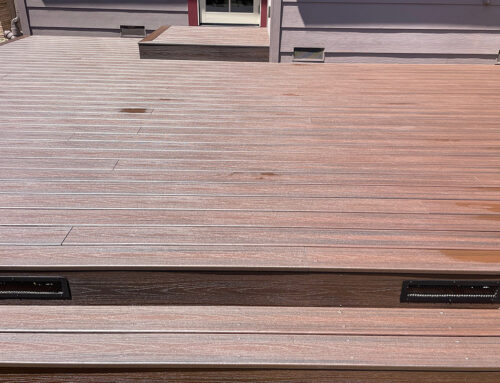In California, and across the Pacific Northwest, you hear a lot about old Douglas fir decks and patios that have lasted more than fifty years. They look phenomenal and haven’t worn too much considering their age. Why, then do modern deck builders recommend against Douglas fir decks, even when you’re trying to restore the deck on a historic home? Here is what you need to know about this material, why it was once used for decks and what you should be using now.
Is Douglas Fir a Suitable Deck Option?
No, Douglas fir is not a suitable deck material except in very niche cases and where the quality of the wood can be guaranteed. Douglas fir is a softwood and not a true pine or fir tree, despite the name. While the tree produces more wood per individual than many other species, and it is therefore widely available, it is mostly intended for indoor use. It is strong and durable, but it is liable to develop moisture issues when used outdoors. If it is used on a deck, it will need yearly maintenance, without exception, and still may not last as long as you like, depending on the quality of the original wood.
Why Was Douglas Fir So Popular?
At one time, Douglas fir was a very popular choice for covered patios and decks. In the 1800s, the Pacific Northwest had a booming lumber trade and Douglas fir was a top-notch option that offered much more character and beauty than other wood options. Back then, people were harvesting Douglas fir that had grown for over 100 years. These old trees had little resin and were of much higher quality than the Douglas fir you can buy today. Still, covered patios and decks with these materials needed to be installed impeccably and treated yearly to offer their exceptional longevity.
Now, most lumber yards are selling Douglas fir that was planted in the last forty years, or even more recently. This wood has more resin, it isn’t as durable, and it will swell more in response to moisture.
What is CVG Douglas Fir?
Those who are determined to use Douglas fir for their outdoor project will need to find a high-quality option. CVG Douglas fir is a necessity. This is clear vertical grain Douglas fir. When you look at the ends of these boards, they should have very tight vertical grains. Both the verticality of the grains and their tightness are a sign of quality growth and harvesting of the three. CVG Douglas fir will give you the best results for a deck or other outdoor project. However, keep in mind that these boards are at least three times the cost of typical Douglas fir. At this price point, choosing a hardwood or a composite wood product that will give you more durability may be best.
How to Make a Historic Douglas Fir Deck
To make or repair a historical Douglas fir deck, we recommend that you source the wood carefully. Reclaimed wood can be exceptional, but remember that it is still quite old. Professional installation will go a long way to maximizing the life of your Douglas fir deck.


